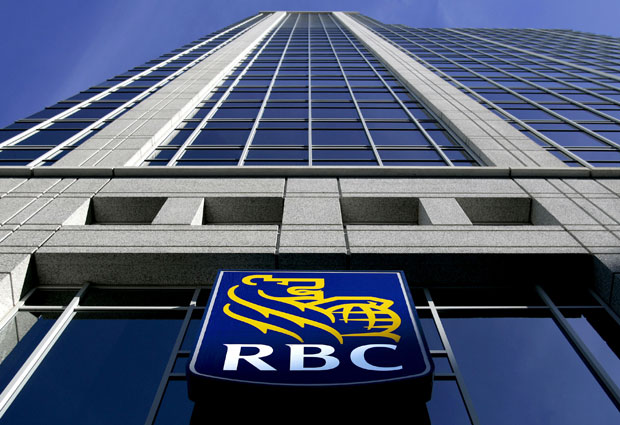Five takeaways from RBC’s national housing health report

Five takeaways from RBC’s national housing health report.
Sellers’ markets
Nation-wide, sales-to-new listings ratios climbed to the point of favouring sellers in 2016 and sales trended downward as the year progressed. New listings have also been on a downward trend since late-2015.
Overall, most markets are now considered balanced with the exception of Toronto, which continues to be a sellers’ market.
Further housing policy
Additional mortgage rule changes, aimed at cooling the housing industry, could be on the horizon, according to RBC.
“Ongoing concerns about housing affordability, government exposure to housing, and stability of hot housing markets and the financial system keep the odds of further policy intervention elevated,” the bank said in its report.
Bond yield hikes could impact housing
The yield on the five-year Government bond has been on an upward trajectory since November, increasing 77 basis points above the 12 month average that month.
Further hikes could be “material detrimental to housing demand in Canada,” according to RBC, due to the impact it would have on mortgage rates.
Fears of condo overbuilding assuaged
Absorption of condo units was solid last year compared to 2015, leading to a decrease in unsold units across the country. The rate of unsold units fell to 0.32 units per 1,000 population in November of 2016, down from a 19-year high of 0.41 units in May 2015.
“Overall, the inventory of completed but unsold condos evolved constructively in the past year in Canada, thereby muting oversupply risks,” RBC said.
Inventory for single-family homes also remains healthy.
“We continue to find that little concern of overbuilding is warranted in the single family home segment, where levels remain well below historical averages (when measured on a per 1,000 population basis) with the trend even declining slightly in the past several years, although a slight uptick appears to have taken place in the late stages of 2016,” RBC said.
Little threat of a downturn
While there are diverse issues plaguing various markets – from affordability issues to economic issues – there is little worry about a major housing market downturn.
“Local housing risk indicators continue to paint diverse pictures of vulnerabilities and risks across Canada; however, there is little indication that any major market faces a potentially destabilizing downturn in the near term,” the bank said.
Click here to read the full report
Related stories:
Canadian banks relatively insulated from mortgage shock
Insight into the future of mortgage rates
Sellers’ markets
Nation-wide, sales-to-new listings ratios climbed to the point of favouring sellers in 2016 and sales trended downward as the year progressed. New listings have also been on a downward trend since late-2015.
Overall, most markets are now considered balanced with the exception of Toronto, which continues to be a sellers’ market.
Further housing policy
Additional mortgage rule changes, aimed at cooling the housing industry, could be on the horizon, according to RBC.
“Ongoing concerns about housing affordability, government exposure to housing, and stability of hot housing markets and the financial system keep the odds of further policy intervention elevated,” the bank said in its report.
Bond yield hikes could impact housing
The yield on the five-year Government bond has been on an upward trajectory since November, increasing 77 basis points above the 12 month average that month.
Further hikes could be “material detrimental to housing demand in Canada,” according to RBC, due to the impact it would have on mortgage rates.
Fears of condo overbuilding assuaged
Absorption of condo units was solid last year compared to 2015, leading to a decrease in unsold units across the country. The rate of unsold units fell to 0.32 units per 1,000 population in November of 2016, down from a 19-year high of 0.41 units in May 2015.
“Overall, the inventory of completed but unsold condos evolved constructively in the past year in Canada, thereby muting oversupply risks,” RBC said.
Inventory for single-family homes also remains healthy.
“We continue to find that little concern of overbuilding is warranted in the single family home segment, where levels remain well below historical averages (when measured on a per 1,000 population basis) with the trend even declining slightly in the past several years, although a slight uptick appears to have taken place in the late stages of 2016,” RBC said.
Little threat of a downturn
While there are diverse issues plaguing various markets – from affordability issues to economic issues – there is little worry about a major housing market downturn.
“Local housing risk indicators continue to paint diverse pictures of vulnerabilities and risks across Canada; however, there is little indication that any major market faces a potentially destabilizing downturn in the near term,” the bank said.
Click here to read the full report
Related stories:
Canadian banks relatively insulated from mortgage shock
Insight into the future of mortgage rates



